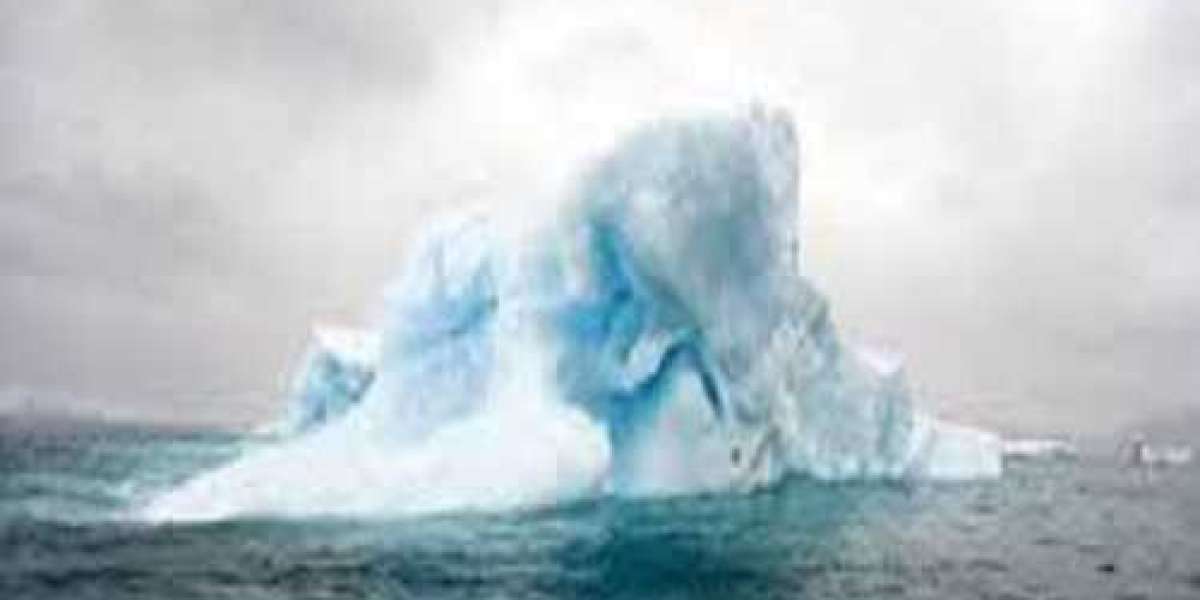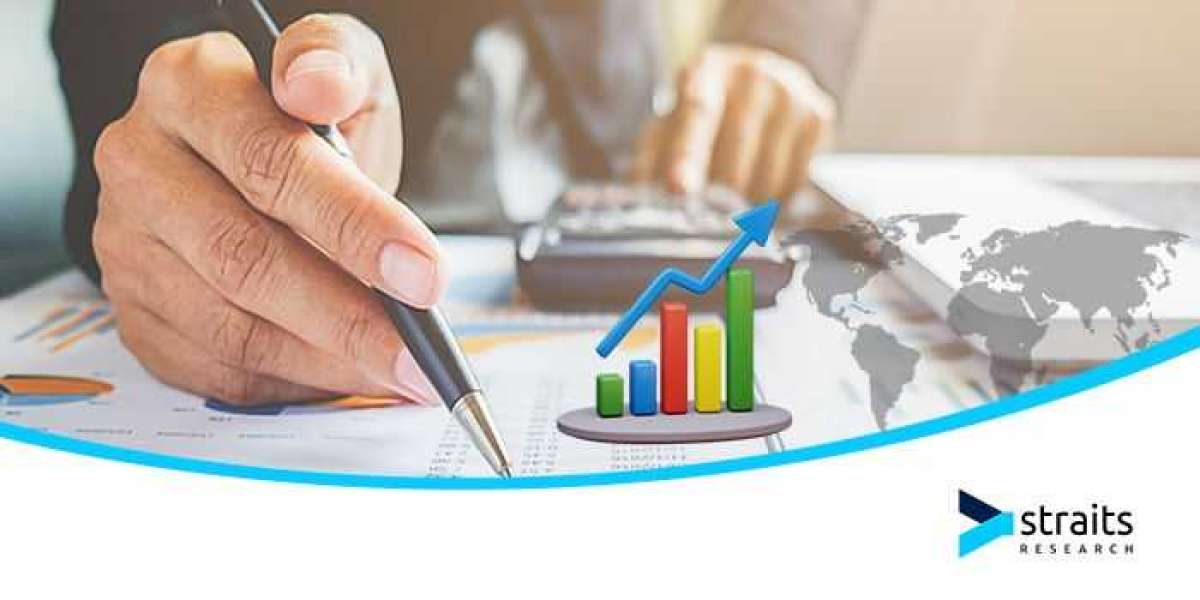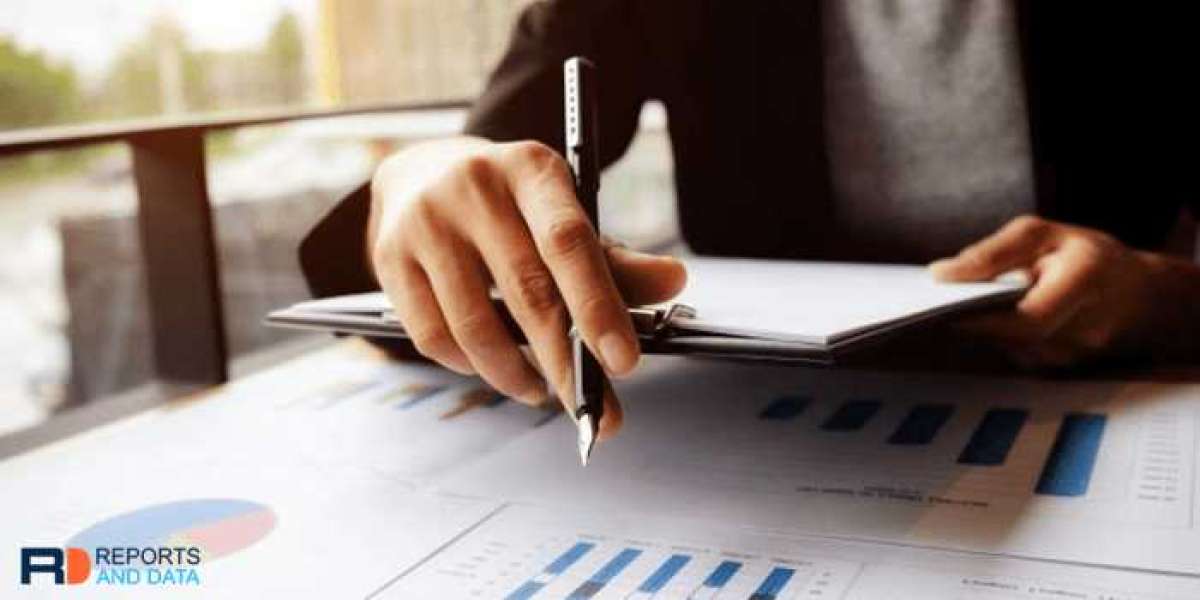What Is Ballast Water Sensor Calibration?
Ballast water sensor calibration involves adjusting the sensors to ensure they provide accurate readings of the ballast water's properties. These sensors monitor factors like salinity, temperature, and turbidity, which are crucial for the safe operation of a vessel. Proper calibration is essential for meeting international regulations and maintaining the vessel's stability.
Why Is Proper Calibration Important?
Regulatory Compliance: Accurate sensor readings are necessary to comply with international regulations, such as the International Maritime Organization’s (IMO) Ballast Water Management Convention. Non-compliance can result in hefty fines and legal issues.
Operational Efficiency: Properly calibrated sensors ensure that the ballast system operates efficiently, maintaining the vessel’s stability and safety during voyages.
Preventing Equipment Failure: Regular calibration helps identify potential issues before they lead to equipment malfunction, reducing downtime and repair costs.
Key Steps in Ballast Water Sensor Calibration
Preparation and Inspection
Check Sensor Condition: Inspect the sensor for any signs of damage or wear. Replace any damaged components before calibration.
Clean the Sensor: Ensure the sensor is clean and free from any debris that could affect its performance.
Calibration Setup
Refer to Manufacturer’s Guidelines: Follow the calibration procedures provided by the sensor manufacturer. This ensures you are using the correct methods and settings for your specific sensor model.
Prepare Calibration Standards: Use standard solutions or test fluids that are accurately known and validated for calibration.
Calibration Process
Zeroing the Sensor: Start by zeroing the sensor to account for any baseline drift or offset.
Adjusting to Known Standards: Compare the sensor readings with known standards and adjust accordingly to match the expected values.
Multiple Points Calibration: For greater accuracy, calibrate the sensor at multiple points across its operational range.
Verification and Testing
Cross-Check Results: After calibration, verify the sensor’s readings against a secondary standard or another calibrated sensor.
Document Calibration Data: Record all calibration data and settings for future reference and regulatory compliance.
Common Challenges and Solutions
Drift and Deviation
Issue: Sensors can drift over time due to environmental factors or wear.
Solution: Regularly schedule calibration checks and adjustments to minimize drift.
Environmental Interference
Issue: Changes in temperature or salinity can affect sensor readings.
Solution: Conduct calibration in controlled conditions and account for environmental variables during the process.
Sensor Contamination
Issue: Contaminants can skew sensor readings.
Solution: Regularly clean and maintain sensors to prevent contamination and ensure accurate readings.
Maintaining Calibration Accuracy
Routine Checks: Implement a routine calibration schedule based on manufacturer recommendations and operational needs.
Training and Expertise: Ensure that personnel involved in calibration are well-trained and knowledgeable about the calibration procedures and equipment.
Record Keeping: Maintain detailed records of calibration activities, including dates, results, and any adjustments made. This documentation is vital for compliance and troubleshooting.
Conclusion
Ballast water sensor calibration is a crucial process for ensuring the accuracy and reliability of a vessel’s ballast system. By adhering to proper calibration practices, vessels can achieve regulatory compliance, enhance operational efficiency, and prevent equipment failures. Regular calibration, coupled with thorough documentation and routine checks, will help maintain the precision and functionality of ballast water sensors, contributing to the overall safety and stability of maritime operations.








